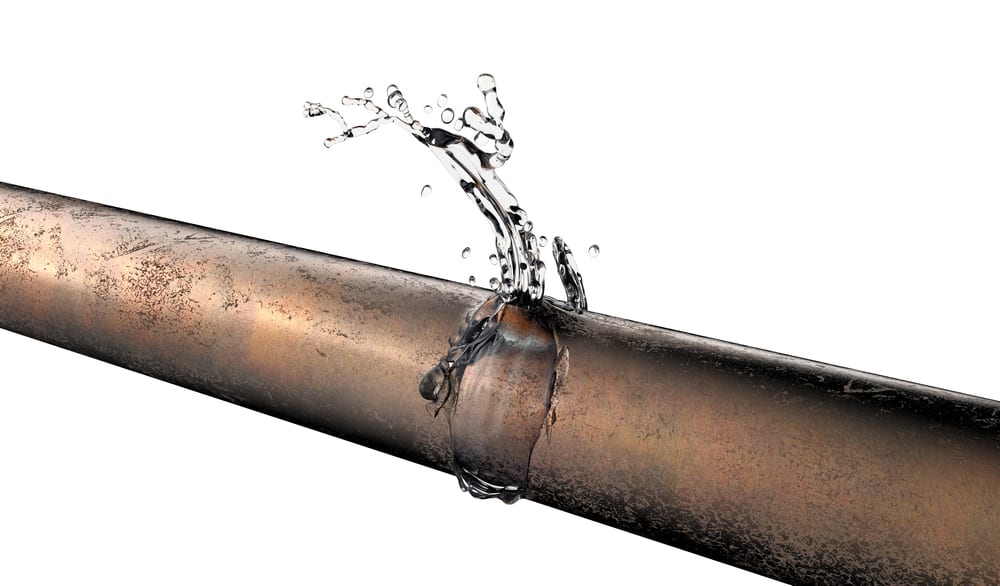How to Inspect If Your Residence Has a Concealed Leakage
How to Inspect If Your Residence Has a Concealed Leakage
Blog Article
The publisher is making a few great pointers related to Locating water leaks overall in this great article which follows.

Early detection of dripping water lines can minimize a possible catastrophe. Aside from saving you cash, it will lessen the worry as well as disappointment. The moment you locate a leakage, calling your plumber for repair work is the best solution. However, some little water leaks may not show up. If you can not find it with your nude eyes, below are some hacks that aid.
1. Check Out the Water Meter
Every house has a water meter. Checking it is a guaranteed manner in which aids you find leakages. For starters, turn off all the water resources. Make sure no one will certainly purge, use the faucet, shower, run the cleaning equipment or dishwashing machine. From there, most likely to the meter and also watch if it will alter. Given that no one is using it, there must be no activities. That indicates a fast-moving leak if it moves. If you find no adjustments, wait an hour or two and inspect back again. This indicates you might have a slow-moving leakage that can even be underground.
2. Inspect Water Intake
Analyze your water costs and also track your water intake. As the one paying it, you need to observe if there are any type of disparities. If you detect sudden changes, regardless of your intake coinciding, it indicates that you have leaks in your plumbing system. Keep in mind, your water expense ought to fall under the same range on a monthly basis. An abrupt spike in your costs suggests a fast-moving leak.
A constant boost every month, also with the exact same practices, reveals you have a sluggish leak that's additionally slowly escalating. Call a plumber to extensively inspect your home, especially if you really feel a warm location on your floor with piping below.
3. Do a Food Coloring Test
When it comes to water intake, 30% comes from commodes. Test to see if they are running effectively. Decrease specks of food color in the container and wait 10 mins. There's a leak in between the container as well as dish if the shade somehow infiltrates your dish during that time without flushing.
4. Asses Exterior Lines
Don't forget to inspect your outside water lines also. Should water seep out of the link, you have a loosened rubber gasket. One little leak can throw away lots of water as well as spike your water bill.
5. Check and also Analyze the Situation
Home owners need to make it a habit to examine under the sink counters and also also inside cabinets for any kind of bad odor or mold and mildew development. These 2 warnings suggest a leak so timely interest is required. Doing routine evaluations, even bi-annually, can save you from a significant trouble.
If you know your residence is currently old, keep a watchful eye on your heaters, tubes, pipes etc. Look for discolorations and weakening as most appliances and also pipelines have a life expectancy. They will certainly likewise naturally degrade because of wear and tear. If you think dripping water lines in your plumbing system, do not wait for it to rise. Call a specialist plumber today so you don't wind up with an awful mess in your house.
Early discovery of leaking water lines can alleviate a potential catastrophe. Some tiny water leakages might not be visible. Examining it is a surefire method that helps you find leaks. One little leak can squander lots of water as well as surge your water bill.
If you suspect leaking water lines in your plumbing system, don't wait for it to intensify.
WARNING SIGNS OF WATER LEAKAGE BEHIND THE WALL
PERSISTENT MUSTY ODORS
As water slowly drips from a leaky pipe inside the wall, flooring and sheetrock stay damp and develop an odor similar to wet cardboard. It generates a musty smell that can help you find hidden leaks.
MOLD IN UNUSUAL AREAS
Mold usually grows in wet areas like kitchens, baths and laundry rooms. If you spot the stuff on walls or baseboards in other rooms of the house, it’s a good indicator of undetected water leaks.
STAINS THAT GROW
When mold thrives around a leaky pipe, it sometimes takes hold on the inside surface of the affected wall. A growing stain on otherwise clean sheetrock is often your sign of a hidden plumbing problem.
PEELING OR BUBBLING WALLPAPER / PAINT
This clue is easy to miss in rooms that don’t get much use. When you see wallpaper separating along seams or paint bubbling or flaking off the wall, blame sheetrock that stays wet because of an undetected leak.
BUCKLED CEILINGS AND STAINED FLOORS
If ceilings or floors in bathrooms, kitchens or laundry areas develop structural problems, don’t rule out constant damp inside the walls. Wet sheetrock can affect adjacent framing, flooring and ceilings.
https://www.servicemasterbyzaba.com/blog/how-to-detect-water-leakage-in-walls/

I came across that review on Locating water leaks while doing a lookup on the search engines. Please take the time to promote this post if you liked it. We treasure reading our article about Top leak detection hacks.
Report this page